
The history of architecture is often intertwined with the history of civilizations themselves. Public buildings have played a crucial role in the evolution of societies, acting as centers of governance, commerce, and community.
The Role of Ancient Forums
The earliest centralized public spaces were the ancient forums of Rome, which served as bustling hubs for political discourse, trade, and public meetings. These forums were strategically designed to facilitate interaction, embodying the essence of democratic engagement.
Roman architecture was characterized by grandiosity and durability. The use of stone, wood, and early forms of concrete allowed for the creation of massive structures. Iconic elements such as columns, arches, and intricate carvings defined the aesthetic of these public spaces.
Medieval Guildhalls and Religious Influence
Moving into the medieval period, public architecture shifted towards guildhalls and cathedrals. In Europe, guildhalls became significant as centers for trade organizations and were often located in town squares or atriums akin to Roman forums.
Religious influence was also predominant during this period. The construction of monumental cathedrals not only served religious purposes but also functioned as community gathering places. The Gothic style, characterized by pointed arches and flying buttresses, emerged as a hallmark of this era.
The Renaissance: Revival of Classical Ideals
The Renaissance brought a revival of classical Greco-Roman ideals, reinventing public architecture with a focus on symmetry, proportion, and geometry. The palaces and squares constructed during this period often reflected the power and influence of their patrons.
Florence’s Ufizzi Gallery, originally designed as office spaces for Florentine magistrates, is a prime example of this architectural marvel. Its U-shaped building provided an open courtyard that encouraged public engagement.
18th and 19th Century Palatial Grandeur
During the 18th and 19th centuries, public buildings like city halls and parliaments adopted grand neoclassical and baroque styles. These periods were marked by an emphasis on opulence and political power.
The United States Capitol, with its iconic dome and spacious rotundas, exemplifies the application of neoclassical architecture in public building design, intended to signify both democracy and strength.
Modern Parliaments and Civic Buildings
In the modern era, public architecture often blends form with function. Contemporary design principles have been heavily influenced by technological advancements and sustainability considerations.
Structures like the British Parliament have integrated cutting-edge materials and eco-friendly technologies while maintaining their historic essence. Modern public buildings tend to focus on transparency and accessibility, reflecting democratic values.
Renowned architects such as Frank Gehry and Zaha Hadid have also contributed to redefining public architectural styles with their futuristic designs that challenge traditional notions.
As architecture evolves with society, public buildings continue to be essential landmarks that embody the cultural and historical narratives of their eras.
The history of architecture is often intertwined with the history of civilizations themselves. Public buildings have played a crucial role in the evolution of societies, acting as centers of governance, commerce, and community. 
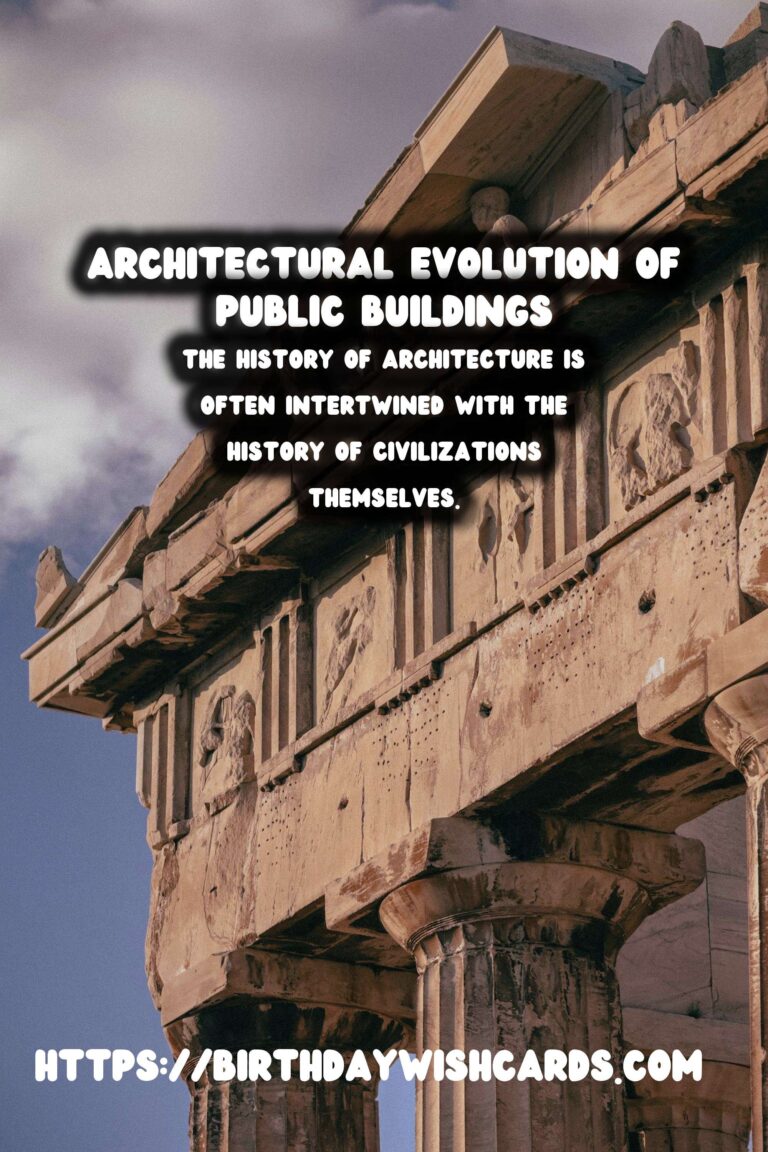
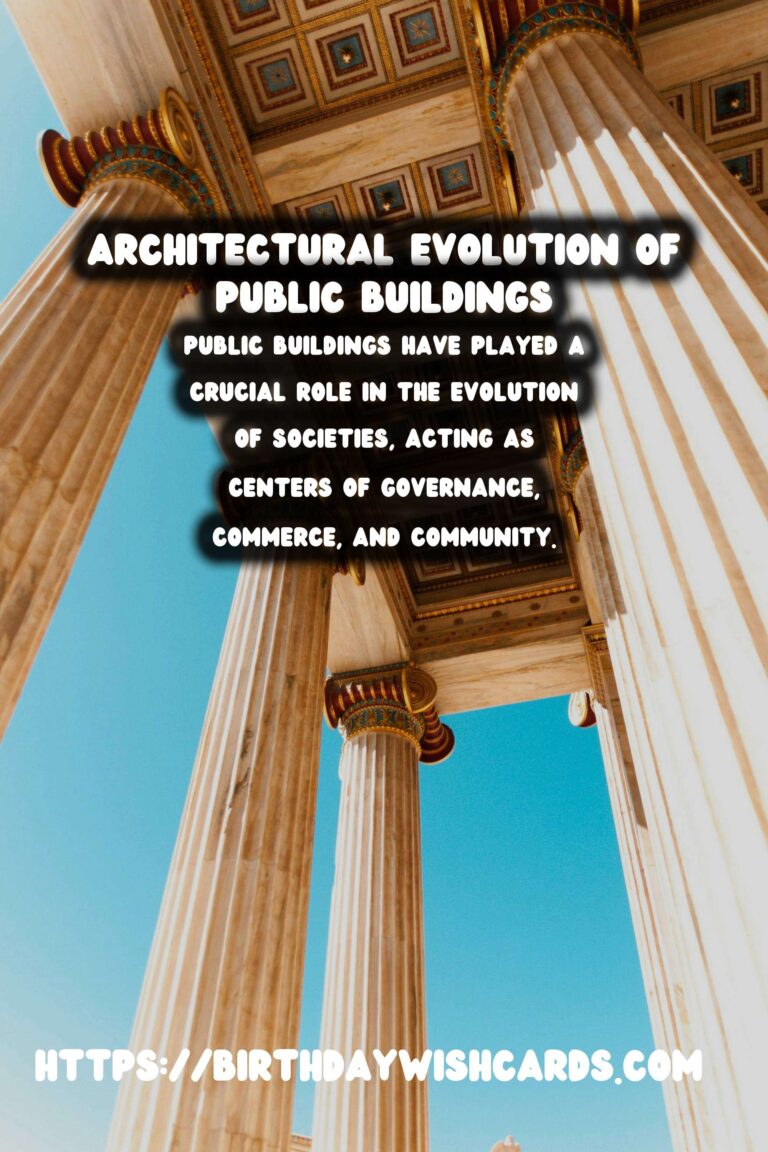
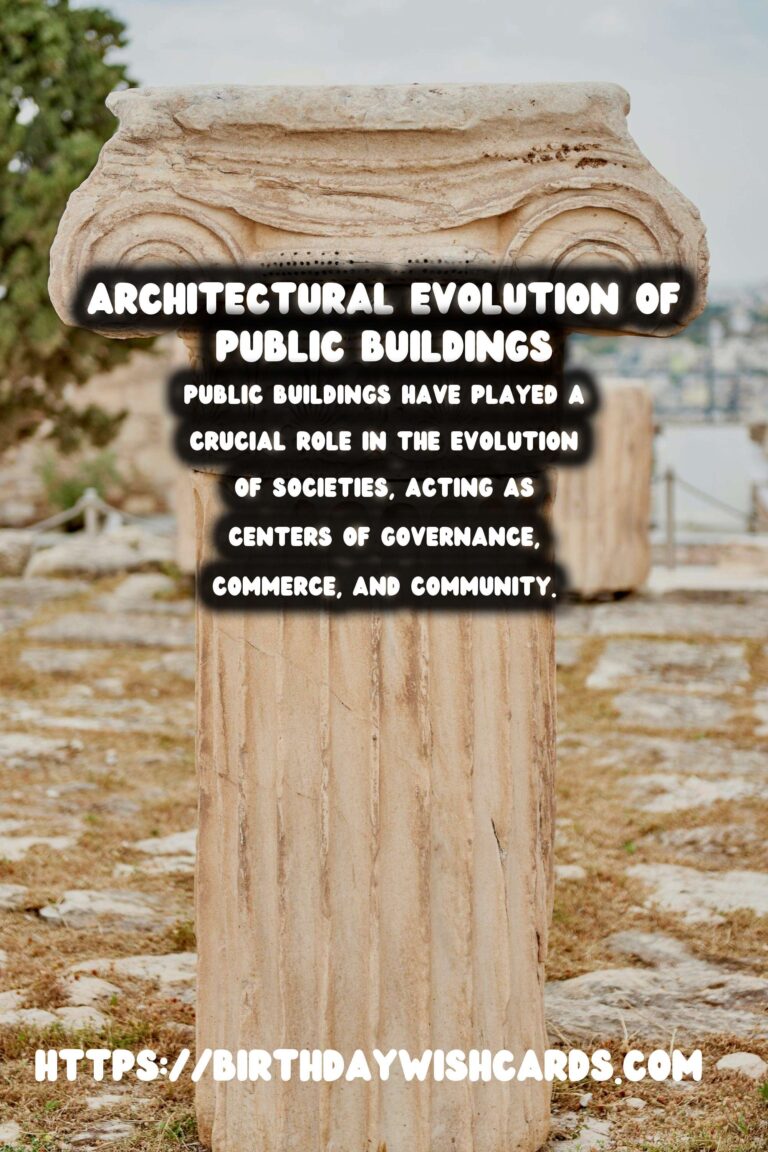
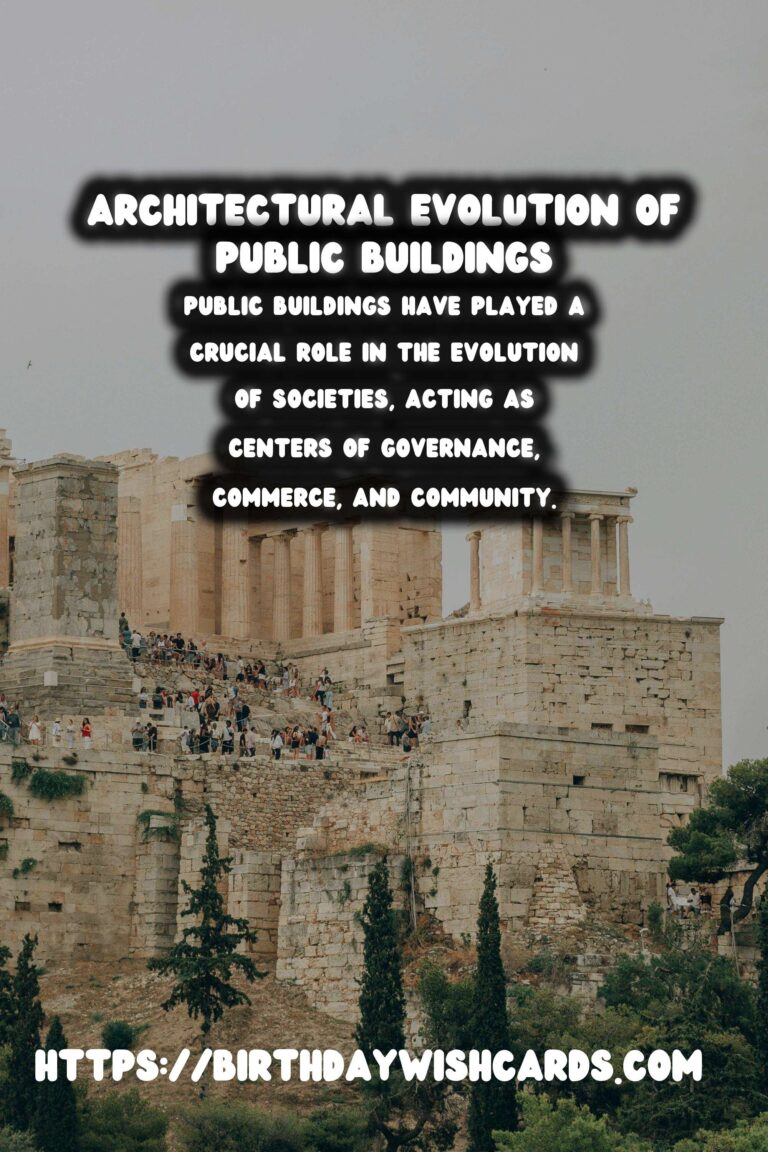
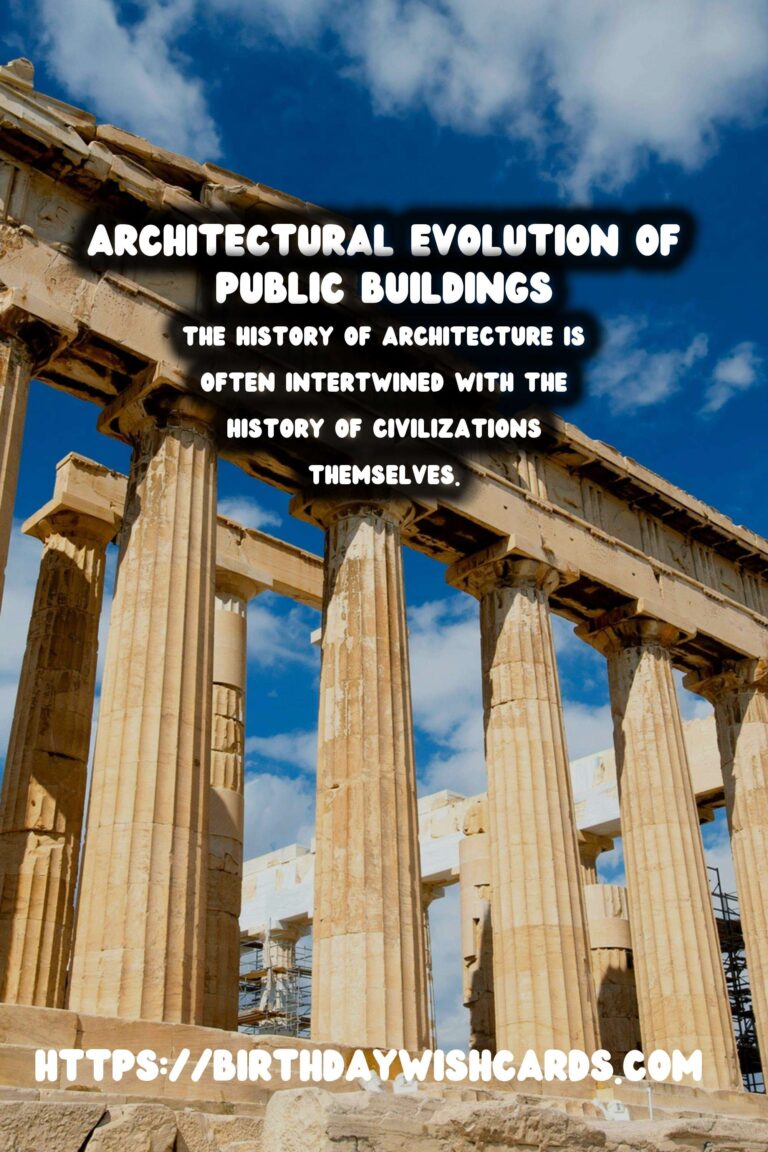
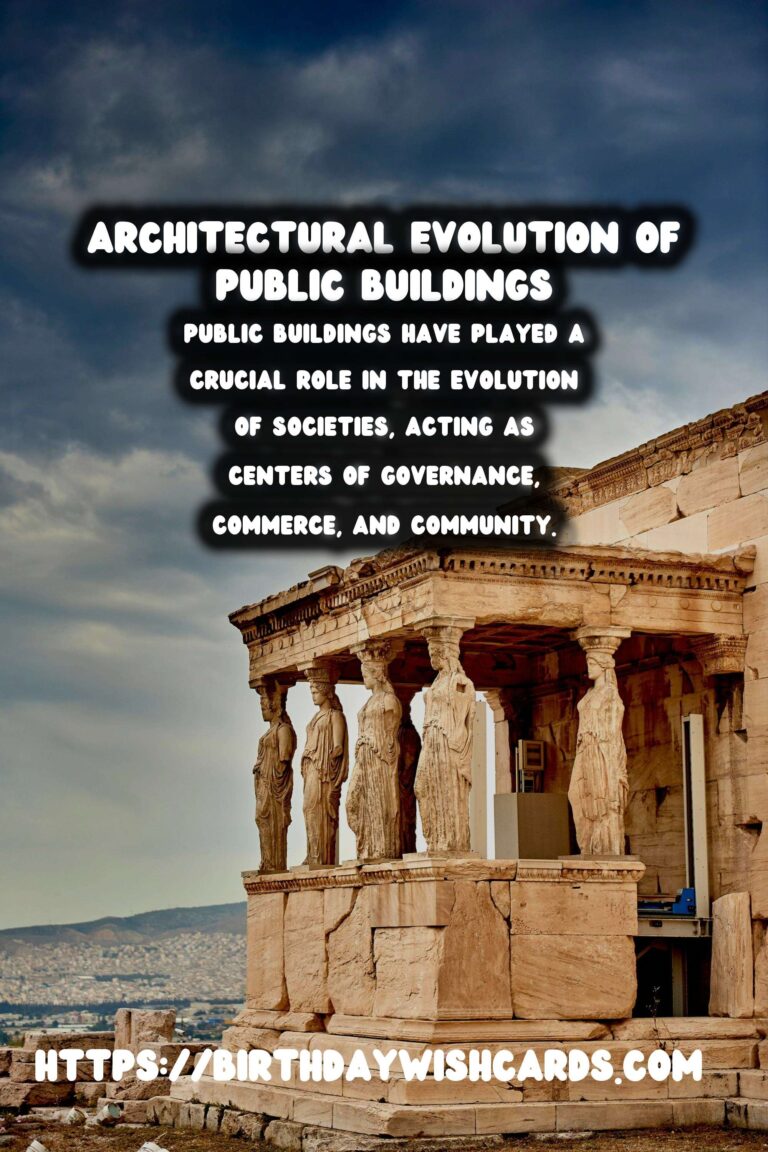
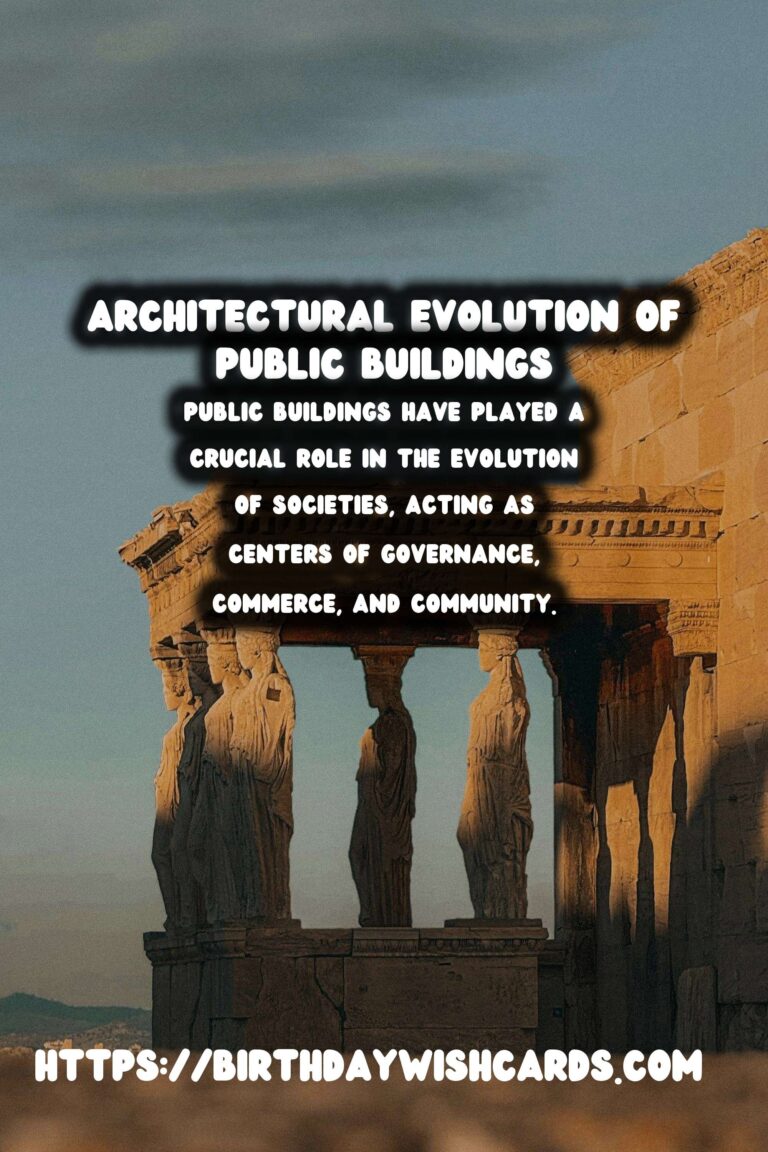

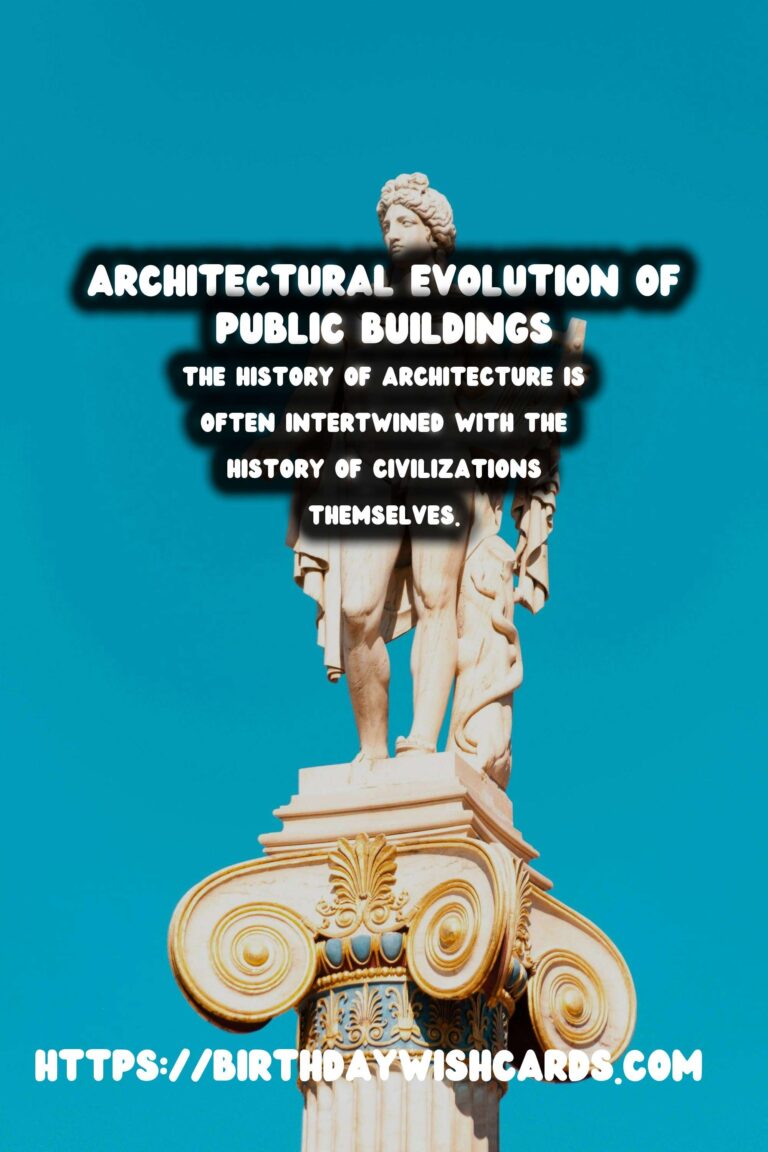
#ArchitectureHistory #PublicBuildings




